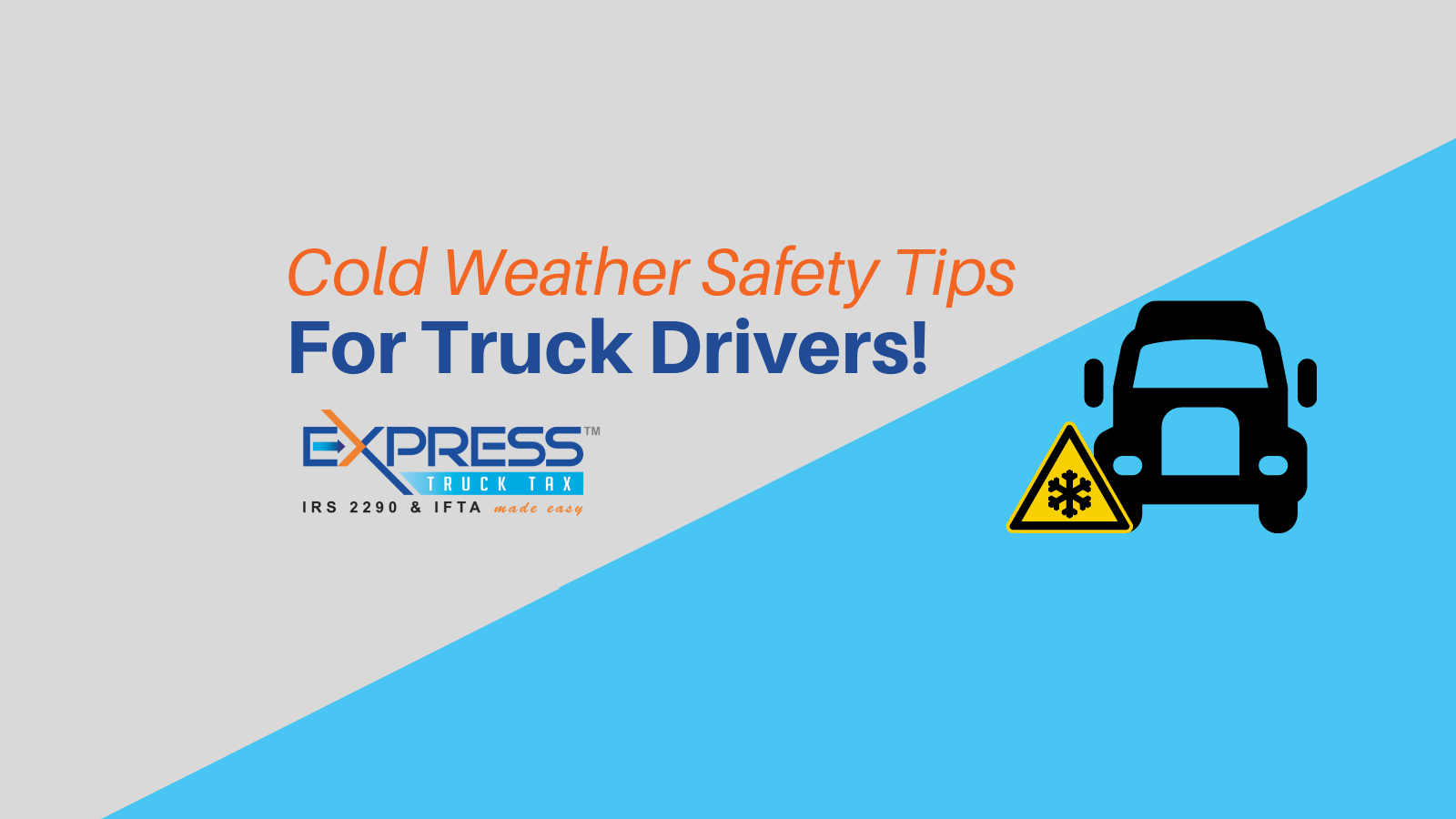
Como muchos sabrán, la temporada de huracanes ya está aquí e impacta muchas áreas en los Estados Unidos. La industria del transporte a menudo lleva a los camioneros por todo el país, por lo que es posible que muchos tengan que conducir a través de estas áreas propensas a huracanes. Si este es tu caso, es fundamental conocer algunos consejos de seguridad antes de ir.
Con la tecnología actual de detección del clima, es poco probable que un huracán se nos acerque sigilosamente con tanta frecuencia que sepamos de antemano que se acerca un huracán y cuál será su trayectoria proyectada. Esto nos da tiempo para prepararnos para las duras condiciones climáticas que provocan los huracanes. A continuación, encontrará algunos consejos útiles para mantenerse seguro durante un huracán si finalmente tiene que conducir por las áreas afectadas.
1. Empacando lo esencial. Es importante empacar su camión con elementos esenciales como agua y alimentos no perecederos, una linterna o lámpara de cabeza, un cargador de teléfono portátil, diferentes tipos de baterías, ropa de lluvia y cualquier manta y ropa abrigada en caso de que baje la temperatura. Estos son elementos importantes si se queda varado o atascado en su camión durante unos días debido al mal tiempo.
2. Inspeccione su vehículo antes de la salida. Antes de partir, asegúrese de que su camión esté en buenas condiciones de funcionamiento. Se recomienda que los conductores inspeccionen los lados del pasajero y del conductor del motor, los frenos delanteros, las ruedas delanteras, el eje de dirección y la suspensión trasera, el lateral y la parte trasera de la cabina, el eje de transmisión, el área de la quinta rueda, la parte delantera/lateral /parte trasera del remolque y la suspensión del remolque antes de partir. Estos son especialmente importantes durante las malas condiciones climáticas para que no se descomponga en medio de una mala tormenta.
3. Prepárese para retrasos o cambios en las rutas. Cuando las condiciones climáticas son lo suficientemente malas, las carreteras se congestionan para los procedimientos de evacuación y, a veces, incluso se invierten los carriles para ayudar en este proceso. Las malas condiciones climáticas pueden hacer que el tráfico se mueva más lentamente, lo que provocará demoras y posibles accidentes. Trate de encontrar la mejor ruta posible o planee tiempos de viaje más largos si no hay una mejor ruta disponible.
4. Tenga en cuenta el clima y las condiciones de la carretera. Planifique cambios de ruta de última hora si un huracán cambia de rumbo repentinamente. Además, preste mucha atención mientras conduce a cualquier peligro en el camino, como ramas caídas, árboles y otros escombros. También existe la posibilidad de inundaciones en las carreteras y es importante evitar estas condiciones. Al conducir en una rampa o girar, asegúrese de reducir la velocidad. Si las condiciones climáticas son demasiado ventosas, es importante saber cuándo es seguro detenerse y detenerse para evitar volcarse e hidroplanear.
Aquí en ExpressTruckTax, queremos asegurarnos de que sus viajes se realicen sin problemas y de manera segura, especialmente durante la temporada de huracanes. Asegúrese de revisar su vehículo antes de partir y conduzca con precaución cuando las condiciones climáticas no sean ideales y la visibilidad sea baja. Esté atento a los anuncios meteorológicos ya que el clima puede cambiar muy rápidamente. Asegúrese de seguir estos importantes consejos y manténgase seguro.

